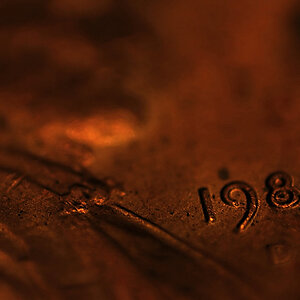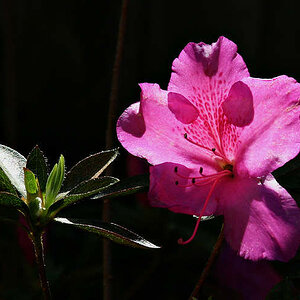Hi, I'm not really a photography buff but I need some advice.
I need to be able to take photographs at decent quality underground.
As far as I can work out, I need a DSLR which is capable of long shutter times and/or some strong flashguns.
Which cameras on the market have the longest exposure settings?
What are the strongest flashguns available?
Can you get flashguns which can react to the cameras flash going off?
Bearing in mind that funds are not infinate, is there any good budget equipment that fits the bill?
Any hints & tips that would help?
Jim
I need to be able to take photographs at decent quality underground.
As far as I can work out, I need a DSLR which is capable of long shutter times and/or some strong flashguns.
Which cameras on the market have the longest exposure settings?
What are the strongest flashguns available?
Can you get flashguns which can react to the cameras flash going off?
Bearing in mind that funds are not infinate, is there any good budget equipment that fits the bill?
Any hints & tips that would help?
Jim






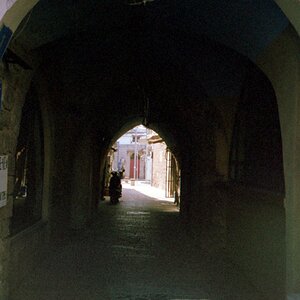
![[No title]](/data/xfmg/thumbnail/42/42019-e6f4e7422d2f8ec66dade714c8b21766.jpg?1619739979)
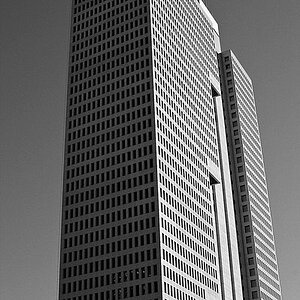
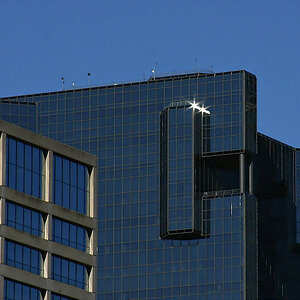
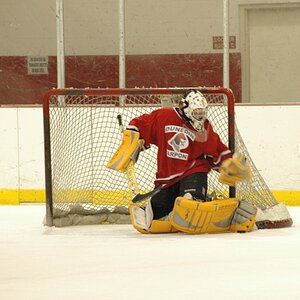
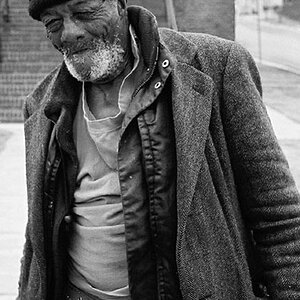
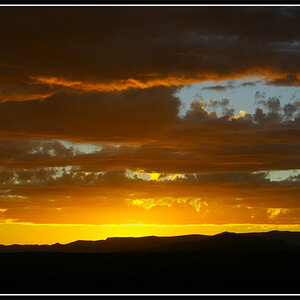
![[No title]](/data/xfmg/thumbnail/1/1592-cfae4a7ea791f96c6e2d03484be2e454.jpg?1619729144)
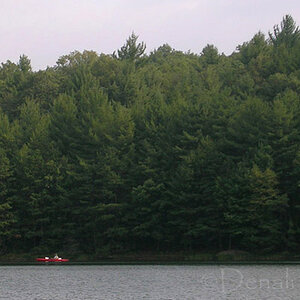
![[No title]](/data/xfmg/thumbnail/42/42020-6dbbc2fb244014aa89adfe2ccf067af7.jpg?1619739979)
